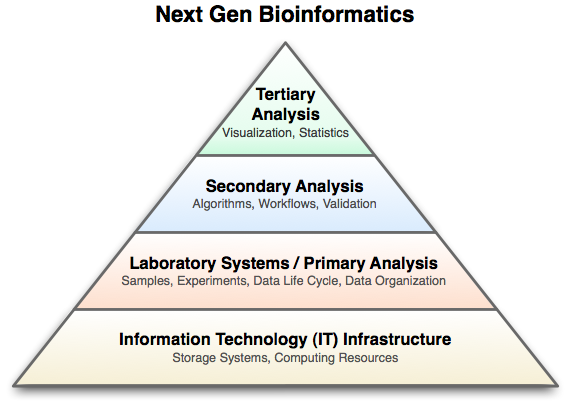|
"Is there a danger, in molecular biology, that the accumulation of data
will get so far ahead of its assimilation into a conceptual framework
that the data will eventually prove an encumbrance ?"
John Maddox, 1988
|
|
Computational biology involves the development and application of data-analytical and theoretical methods, mathematical modeling and computational simulation techniques to the study of biological, behavioral, and social systems. The field is broadly defined and includes foundations in biology, applied mathematics, statistics, biochemistry, chemistry, biophysics, molecular biology, genetics, genomics, computer science and evolution.
Computational biology is different from biological computation, which is a subfield of computer science and computer engineering using bioengineering and biology to build computers, but is similar to bioinformatics, which is an interdisciplinary science using computers to store and process biological data.

|





